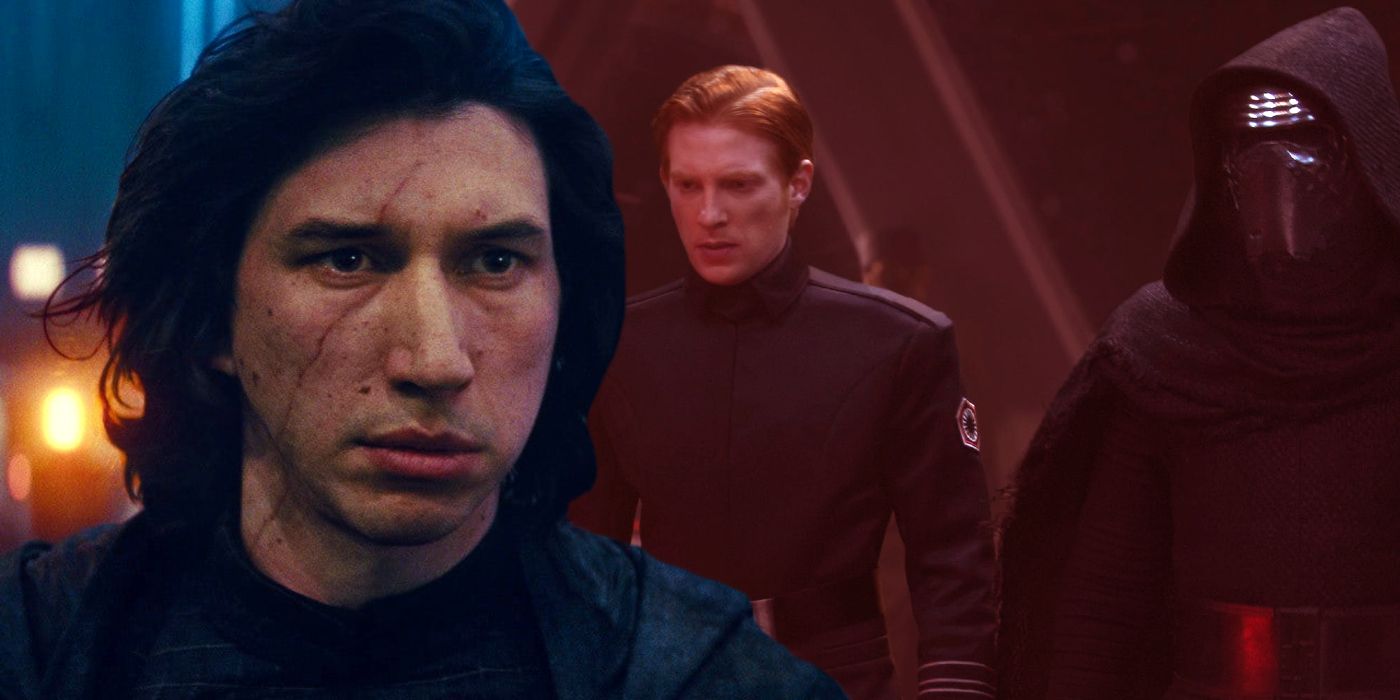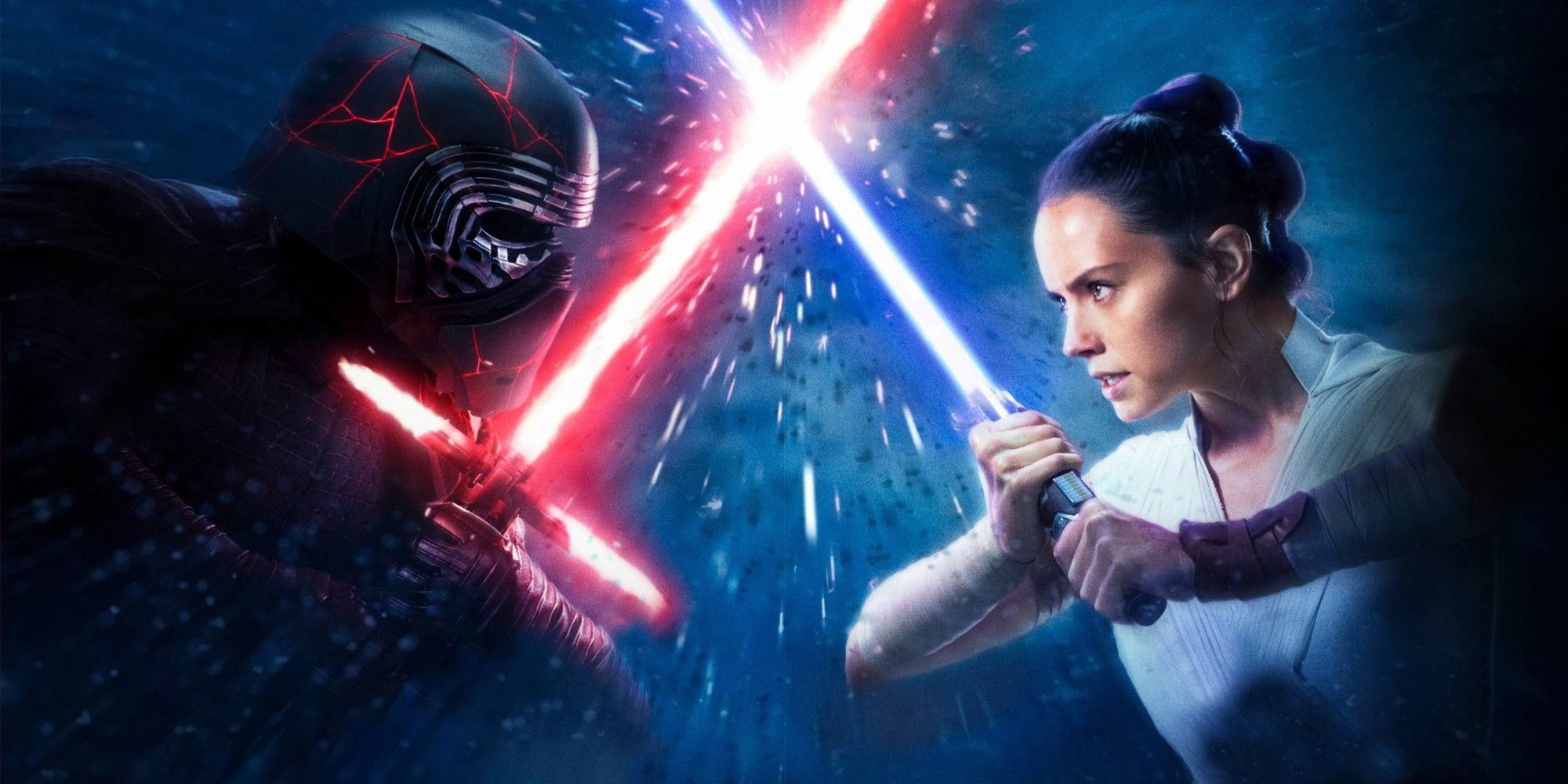Though many criticisms are leveled at the Star Wars sequels, the biggest problem with Disney's final trilogy in the Skywalker Saga is actually incredibly simple. Despite being a continuation of one of the biggest and most beloved franchises ever conceived, Star Wars' sequel trilogy is broadly derided for its inconsistent story and lack of a unified story. The consensus on the sequels is that they fail to live up to George Lucas' original movies and serve as a poor legacy for the beloved sci-fi franchise.
Despite the criticisms against the Star Wars sequels, there are many things that the trilogy successfully achieves. For example, there are a number of memorable and engaging action sequences over the course of the three movies, and the use of legacy characters was good (even if their stories were somewhat ill-informed). They also introduced new elements to cinematic canon - such as Force dyads and Force psychometry - meaning that the sequel trilogy is actually a key part of the franchise regardless of the movies' less favorable receptions.
Though the mistakes of the sequel trilogy are often debated, one of its most obvious errors actually stems from one of its strengths. The new characters introduced to lead the Star Wars sequels were generally good, but the sequels' new villains were written to be far more compelling than the heroes. The villains Supreme Leader Snoke, Kylo Ren, and General Hux were all introduced specifically to be antagonists in the sequel trilogy, with the latter two in particular being written as especially interesting. This subtly undermined the arcs of other characters, and made it less obvious exactly who the audience should be rooting for.
Star Wars' Sequel Villains Being Better Than The Heroes Ruined The Trilogy
Of course, both Kylo Ren and General Hux are undeniably villains - the two men are responsible for countless deaths over the course of the trilogy, including the destruction of worlds using their Starkiller Base - but they both have rich and layered backstories that make them particularly compelling. Ben Solo's story is explored thoroughly within the trilogy, but Hux's has mostly been revealed through other media, and it gives him interesting and nuanced layers that contribute to his character in the movies. This is in stark contrast to the stories of the Star Wars sequel trilogy heroes, none of which are explored in any great depth.
By better exploring its villains than its heroes, the Star Wars sequel trilogy undermines its own story. By having villains that are better established and well-rounded than its heroes, the Star Wars sequel trilogy leaves its central conflict feeling much less defined. This problem is then compounded by Rey and Kylo Ren's Force dyad, which ultimately results in Solo's redemption in Rise of Skywalker. By putting the two characters in such close proximity, the issues with their respective characterizations become even clearer.
Having villains that are more interesting than the heroes is an issue, but the fact that the Star Wars sequels had three films to potentially resolve the problem made it worse. Over the course of the Star Wars sequels' story, the problem only became further defined, with both Kylo Ren and General Hux seeming more interesting as Rey, Finn, and Poe all became more bland and generic by comparison. Ultimately, the biggest mistake of the Star Wars sequel trilogy was making its villains so compelling while failing to do the same for its heroes.


